| |
|
|
Botanical Name |
: |
Rheum palmatum L. |
English
Name |
: |
Chinese rhubarb, Medicinal rhubarb, Turkish rhubarb |
Family |
: |
Polygonaceae |
| |
General Info
| Description |
 |
|
A large, erect, perennial herb, up to 2.5 m tall; rhizome and roots thick, branched, almost fleshy, bright yellow. Leaves partly in a radical rosette, partly spirally arranged on an erect stem; leaves of rosette borne on a thick, subcylindrical petiole, up to 30 cm long, blade orbicular, 50—90 cm x 50—70 cm, base cordate, deeply palmately lobed, 3—5-veined, lobes ovate-oblong or lanceolate, apex acute, entire, dentate or pinnatifid, upper surface normally rough; ocrea large, membranaceous. Inflorescence a loose, hairy panicle with racemiform branches, foliated to the tip; flowers bisexual, fascicled; tepals in 2 whorls of 3, mostly red, sometimes pink or whitish, little or not accrescent after anthesis; stamens 9; ovary trigynous, styles 3, recurved, stigmas thick. Fruit a trigonous nutlet, 10 mm x 8 mm, brown, much longer than perianth, 3-winged, scarious. |
| Herb Effects |
 |
|
Anticholesterolemic, antiseptic, antispasmodic, antitumor, aperient, astringent, anti-inflammatory, anti-hypertensive, antitumour, cholagogue, demulcent, diuretic, laxative, purgative, stomachic and tonic (root). |
Chemistry
| Active Ingredients |
 |
|
Aloe-emodin, chrysophanol, cinnamic acid, emodin, gallic acid, hyperin, physcion, quercitrin, rhein (root) |
| Chemistry
of Active Ingredients |
 |
|
|
 |
Name |
CAS# |
IUPAC Name |
Formula |
Structure |
 |
|
| Aloe-emodin |
481-72-1 |
1,8-dihydroxy-3-(hyd
roxymethyl)anthracen
e-9,10-dione |
C15H10O5 |
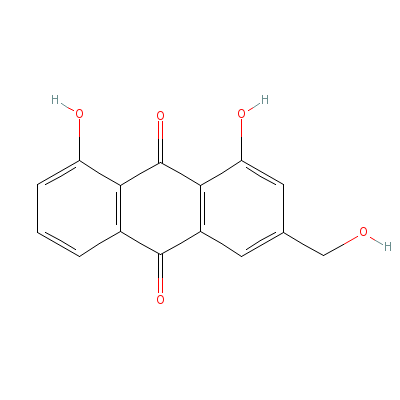
|
| Chrysophanol |
Not Available |
1,8-dihydroxy-3-meth
yl-anthracene-9,10-d
ione |
C15H10O4 |
|
| Cinnamic acid |
63938-16-9 |
3-phenylprop-2-enoic
acid |
C9H8O2 |
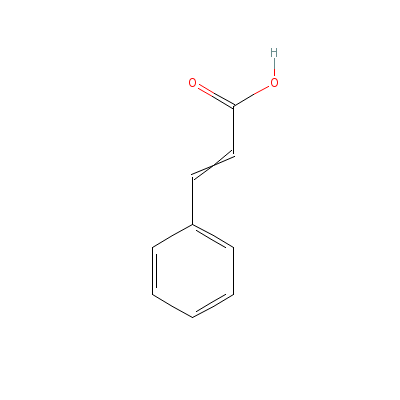
|
| Emodin |
Not Available |
1,3,8-trihydroxy-6-m
ethyl-anthracene-9,1
0-dione |
C15H10O5 |
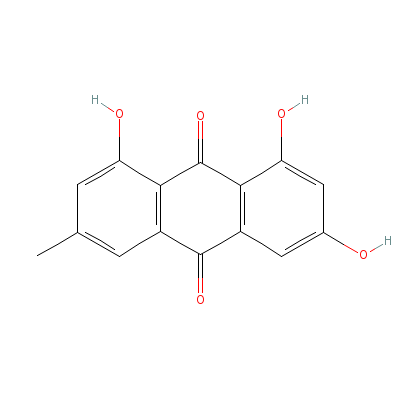
|
| Gallic acid |
149-91-7 |
3,4,5-trihydroxybenz
oic acid |
C7H6O5 |
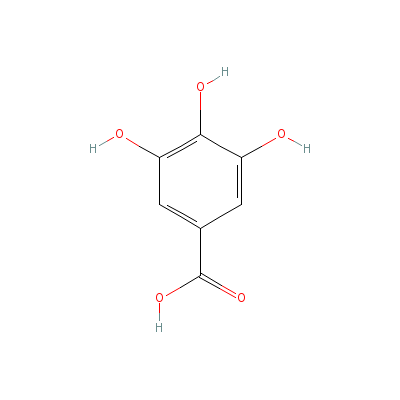
|
| Hyperin |
482-36-0 |
2-(3,4-dihydroxyphen
yl)-4,5-dihydroxy-3-
[3,4,5-trihydroxy-6-
(hydroxyme
thyl)oxa
n-2-yl]oxy-chromen-7
-one |
C21H20O12 |
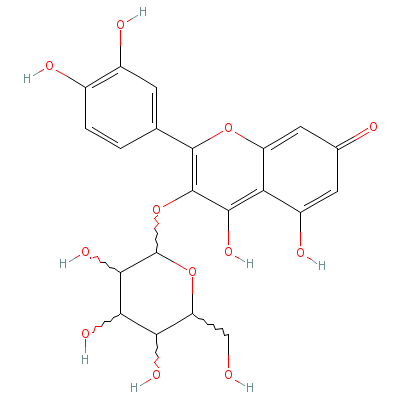
|
| Physcion |
521-61-9 |
1,8-dihydroxy-3-meth
oxy-6-methyl-anthrac
ene-9,10-dione |
C16H12O5 |
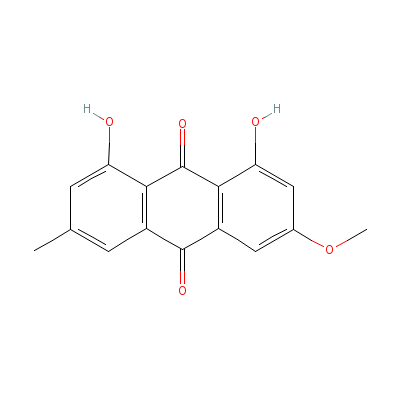
|
| Quercitrin |
6151-25-3 |
2-(3,4-dihydroxyphen
yl)-4,5-dihydroxy-3-
(3,4,5-trihydroxy-6-
methyl-oxa
n-2-yl)o
xy-chromen-7-one |
C21H20O11 |
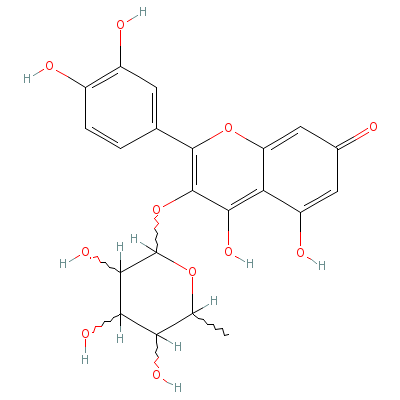
|
| Rhein |
Not Available |
4,5-dihydroxy-9,10-d
ioxo-anthracene-2-ca
rboxylic acid |
C15H8O6 |
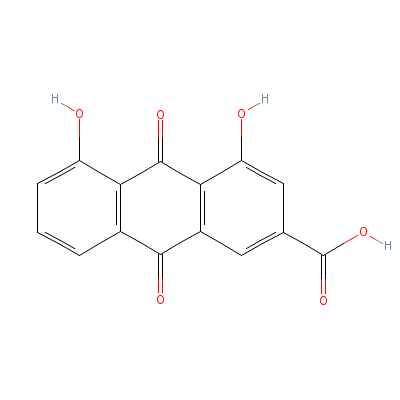
|
|
Pharmacology
| Medicinal Use |
 |
|
Employed in a pure form or as part of a mixture against constipation, dysentery, swollen gums, sore throat, sores, furuncles, freckles, burns, jaundice, strangury and after childbirth (rhizome); used as constituents of slimming cures, spring time tonics and blood purifying teas (rhizome extracts); taken internally in the treatment of chronic constipation, diarrhoea, liver and gall bladder complaints, haemorrhoids, menstrual problems and skin eruptions due to an accumulation of toxins (root) |
| Contraindication |
 |
|
It should not be taken in cases of intestinal obstruction, stenosis, atony, inflammatory colon diseases, appendicitis and haemorrhoids. It should be avoided also during pregnancy. Long-term use should be avoided, as it may result in aggravation of constipation, in albuminuria, liver damage and haematuria. |
Dealers
Products
|
|